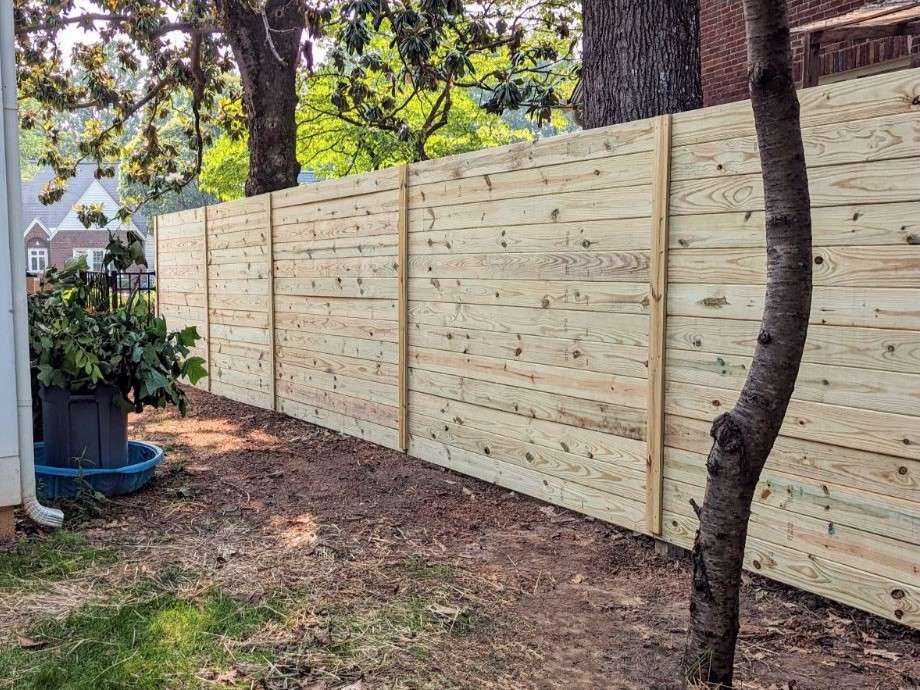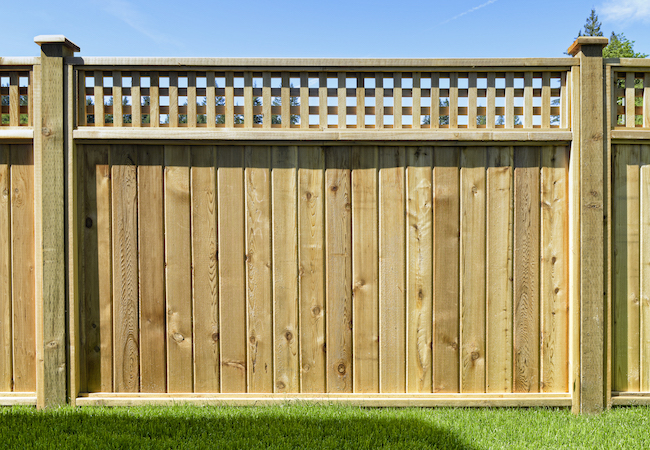All Categories
Featured
Setting up a fence around your property is a terrific method to raise privacy, security, and visual allure. The success of your fencing installment depends largely on just how well you prepare your building prior to the installation begins. Proper preparation can help prevent hold-ups, lower prices, and make certain that the setup procedure goes smoothly. Below are some crucial steps to comply with when preparing your property for a fence setup.
![]()
Furthermore, it is essential to locate any type of underground utilities, such as water lines, gas pipes, or electric wires. Call your regional energy firm to mark the locations of these below ground systems to avoid any kind of damage throughout digging.
![]()
![]()
Verdict. Preparing your residential property for a fencing installation is an essential step that can conserve you time, cash, and headaches during the process. By researching regional regulations, recognizing property lines, removing the installment area, making certain access for devices, and completing your design, you can make sure a smooth setup. Taking these straightforward actions will certainly aid you achieve a lovely and sturdy fencing that boosts the privacy, security, and appearance of your residential or commercial property.

- Research Study Local Regulations and Permits. Prior to you begin, make certain you inspect the local zoning laws and get any necessary authorizations for your fencing installment. Several areas have certain guidelines on fencing material, positioning, and height, and you may need a license to continue.
- Recognize Property Boundaries. Recognizing the exact boundaries of your home is vital to make sure the fencing is installed in the proper location. Consider hiring a professional property surveyor if you do not have a clear understanding of where your home lines are. This will aid stop any kind of advancements onto your next-door neighbor's land and prevent possible conflicts. Make sure to check if your next-door neighbors have any existing frameworks or fencings near to the residential property line that could influence the installment process.
- Clear the Setup Location. Remove any trees, bushes, rocks, and debris that can obstruct the fence setup. If there is an existing fence, you might require to dismantle it before the installment group shows up.
Furthermore, it is essential to locate any type of underground utilities, such as water lines, gas pipes, or electric wires. Call your regional energy firm to mark the locations of these below ground systems to avoid any kind of damage throughout digging.
- Plan for Accessibility to Your Home. During the installation process, your service provider may require hefty tools to dig holes and relocate materials. Make certain that there is simple access to your building for installment vehicles and machinery.

- Review Your Fence Design with Your Specialist. Prior to installment starts, you'll require to finalize the design and products for your fencing. Whether you pick timber, plastic, chain-link, or an additional material, it is necessary to interact your preferences to the specialist. Review the fencing's function, such as whether you're seeking decor, personal privacy, or security. This will influence the sort of materials and style that function best for your residential property. Your contractor will certainly likewise help you pick the appropriate height and style based upon your demands.
- Talk with Your Next-door neighbors. If your fence will certainly be set up along a shared residential property line, it's an excellent idea to educate your neighbors ahead of time. Having an open discussion can help stay clear of misunderstandings and potential conflicts. You can talk about the type of fencing you prepare to install, the installment timetable, and any type of problems they may have. While you might not require consent from your neighbors to install a fencing, being mindful can aid maintain a great partnership with them.
- Prepare for Maintenance After Setup. When your fence is installed, there may be ongoing maintenance jobs depending on the product you have actually chosen. Wood fencings might need to be stained or repainted to safeguard against weathering, while plastic fencings commonly call for minimal upkeep.

Verdict. Preparing your residential property for a fencing installation is an essential step that can conserve you time, cash, and headaches during the process. By researching regional regulations, recognizing property lines, removing the installment area, making certain access for devices, and completing your design, you can make sure a smooth setup. Taking these straightforward actions will certainly aid you achieve a lovely and sturdy fencing that boosts the privacy, security, and appearance of your residential or commercial property.
Latest Posts
Find Out Reduce Expenses on Car Maintenance with Montclare Auto Repair’s Limited-Time Deals
Published May 26, 25
1 min read
Uncover Oil Changes & More: Complete Services Guide from Montclare Auto Repair
Published May 25, 25
1 min read
Unlock Your Financial Partner at WyHy – Top Benefits for Your Money Goals
Published May 25, 25
1 min read
More
Latest Posts
Find Out Reduce Expenses on Car Maintenance with Montclare Auto Repair’s Limited-Time Deals
Published May 26, 25
1 min read
Uncover Oil Changes & More: Complete Services Guide from Montclare Auto Repair
Published May 25, 25
1 min read
Unlock Your Financial Partner at WyHy – Top Benefits for Your Money Goals
Published May 25, 25
1 min read